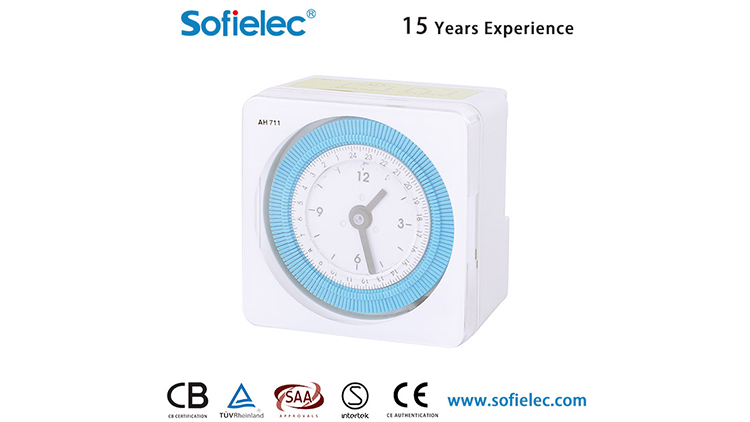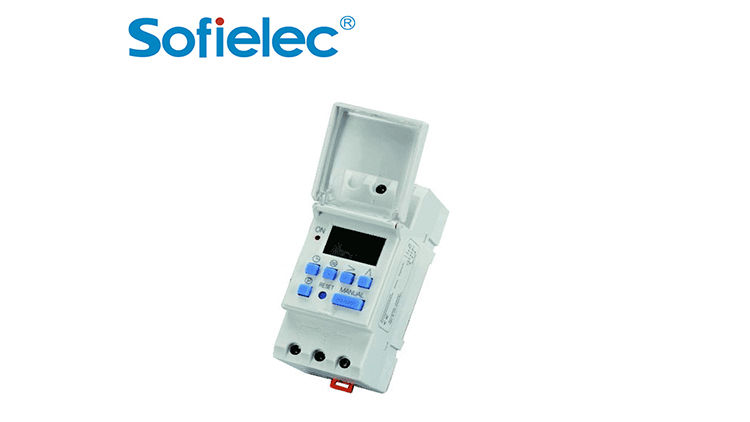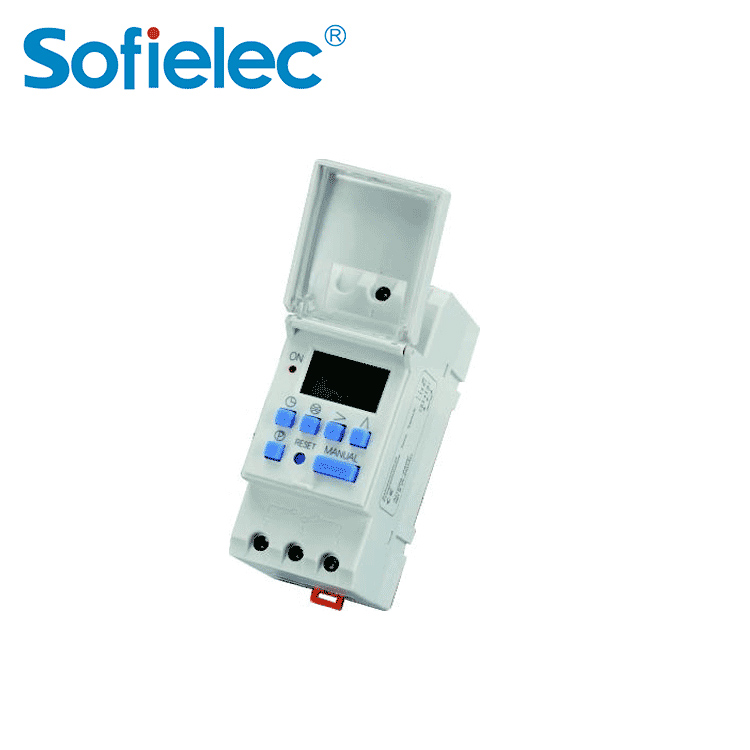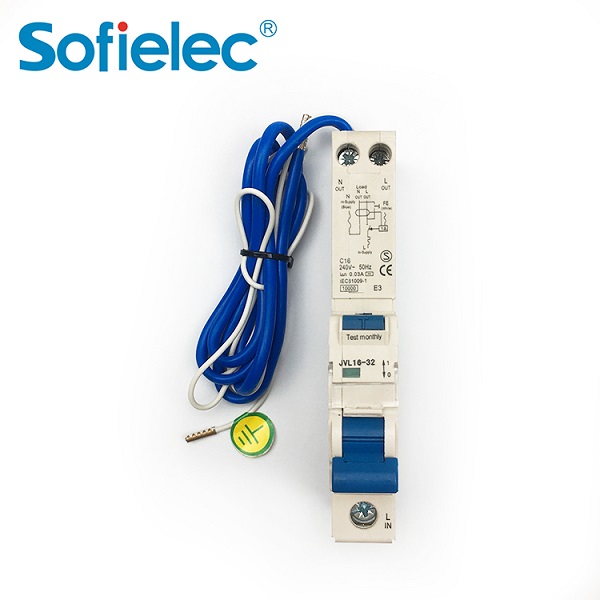What are the four types of timer switches?
A time switch, often simply referred to as a timer, is a device that automatically controls when an electrical circuit is turned on or off. It's like a programmable remote control for your lights, appliances, and systems, helping you save energy, enhance security, and automate your home.
Here are the four main types of timer switches, explained in a simple and clear way.
I. Mechanical Timer Switch
This is the most traditional and common type of time switch. You've probably seen it on older plug-in timers for lamps or on some wall switches with a rotating dial.
- How it Works: It features a built-in clock and a physical dial that you rotate. Around the dial, there are small tabs or pins that you push in or out to set the "ON" and "OFF" times. As the dial rotates slowly over 24 hours, it physically triggers the switch at your preset times.
- Best For: Simple, everyday tasks that follow a consistent daily schedule.
- Example: Turning a porch light on at 7 PM and off at 11 PM every day.
- Pros: Inexpensive, easy to set up, no programming knowledge needed.
- Cons: Requires a battery or needs to be reset after a power outage; less flexible for complex schedules.

II. Digital Timer Switch
Digital timers have largely replaced mechanical ones in modern homes. They feature a digital screen and buttons for programming.
- How it Works: This time switch uses a microchip and an internal battery to maintain its memory. You program it by pressing buttons to set specific days, times, and durations for the device to turn on and off. They offer much more precision and flexibility than mechanical timers.
- Best For: Complex schedules that vary from day to day.
- Example: Setting your indoor lights to turn on at different times each day while you're on vacation to make it look like someone is home.
- Pros: Highly accurate, very flexible scheduling, can handle multiple on/off cycles per day.
- Cons: Can be more complicated to program initially; relies on a backup battery.

III. Astronomical Time Switch (aka Solar Timer)
This is a smart time switch that goes a step further by using your geographical location.
- How it Works: You program this timer with your specific longitude and latitude. It then uses this data to automatically calculate the exact times of sunrise and sunset for your location every day. The switch will turn connected devices on at sunset and off at sunrise, adjusting automatically throughout the year.
- Best For: Outdoor lighting, such as street lamps, security lights, and garden lights.
- Example: Your backyard security lights turning on exactly when the sun goes down, without you ever needing to adjust the timer as the seasons change.
- Pros: "Set it and forget it" convenience, highly energy-efficient, perfect for all-season outdoor use.
- Cons: More expensive and requires initial location setup.

4. Smart / Wi-Fi Timer Switch
This is the most advanced type of time switch , representing the evolution of the traditional timer into the Internet of Things (IoT) era.
- How it Works: This switch connects to your home's Wi-Fi network, allowing you to control it from your smartphone via an app, or even with voice commands through assistants like Alexa or Google Assistant. You can create complex schedules, set timers on the fly, and control your devices from anywhere in the world.
- Best For: Full home automation and remote control.
- Example: Starting your coffee maker from your bed, turning off the living room lights with a voice command, or checking if you left the garage light on while you're at the office.
- Pros: Ultimate flexibility and control, remote access, integration with other smart home devices.
- Cons: Most expensive option; requires a stable Wi-Fi connection; setup can be more involved

Summary
In short, the four types of time switches are:
- Mechanical: The simple, dial-based timer for basic daily schedules.
- Digital: The programmable timer for precise and complex schedules.
- Astronomical: The location-aware timer for outdoor lights that syncs with sunrise and sunset.
- Smart/Wi-Fi: The connected timer for ultimate remote control and home automation.
Choosing the right one depends on your specific needs for convenience, schedule complexity, and budget.



